- Joined
- Aug 15, 2000
- Messages
- 18,461
That is a question that many are asking.
Why did GIA included Steep Deep diamonds in ''Excellent''
I think I know why - it is all in the shade of the trays they used to sit the diamonds in for the observation surveying they did. Black, gray and white. They choose light gray.
Plus the binary sight phenonemon we mostly all enjoy.
I do not want to say they were right or wrong, but I invite everyone to discuss and debate the issue.
Those who have the Foundation article - refer to page 222.
Someone might like to find on their website a direct quote wwhere they discuss the choices of tray shade. (it is OK to copy and paste small sections of info for educational purposes)
PS this is part of the reason Sergey removed light leakage from DiamCalc when he realised he was going up a dead end alley. AGS are at the same dead end now they are trying to crack the Scintillation puzzle (which Sergey has the solution for)
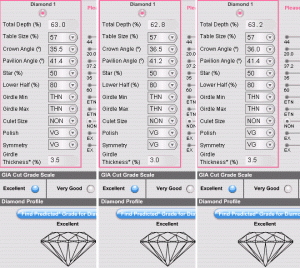
Why did GIA included Steep Deep diamonds in ''Excellent''
I think I know why - it is all in the shade of the trays they used to sit the diamonds in for the observation surveying they did. Black, gray and white. They choose light gray.
Plus the binary sight phenonemon we mostly all enjoy.
I do not want to say they were right or wrong, but I invite everyone to discuss and debate the issue.
Those who have the Foundation article - refer to page 222.
Someone might like to find on their website a direct quote wwhere they discuss the choices of tray shade. (it is OK to copy and paste small sections of info for educational purposes)
PS this is part of the reason Sergey removed light leakage from DiamCalc when he realised he was going up a dead end alley. AGS are at the same dead end now they are trying to crack the Scintillation puzzle (which Sergey has the solution for)



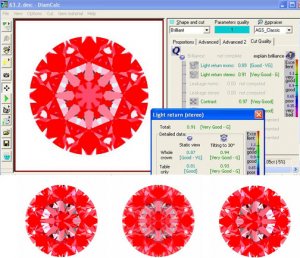
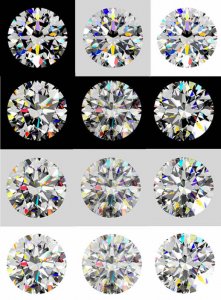




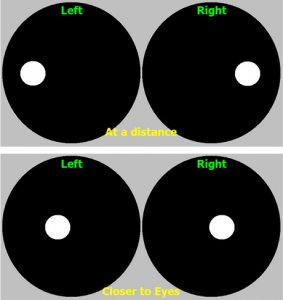
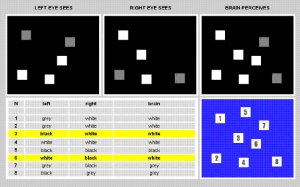
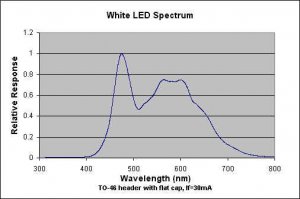






300x240.png)